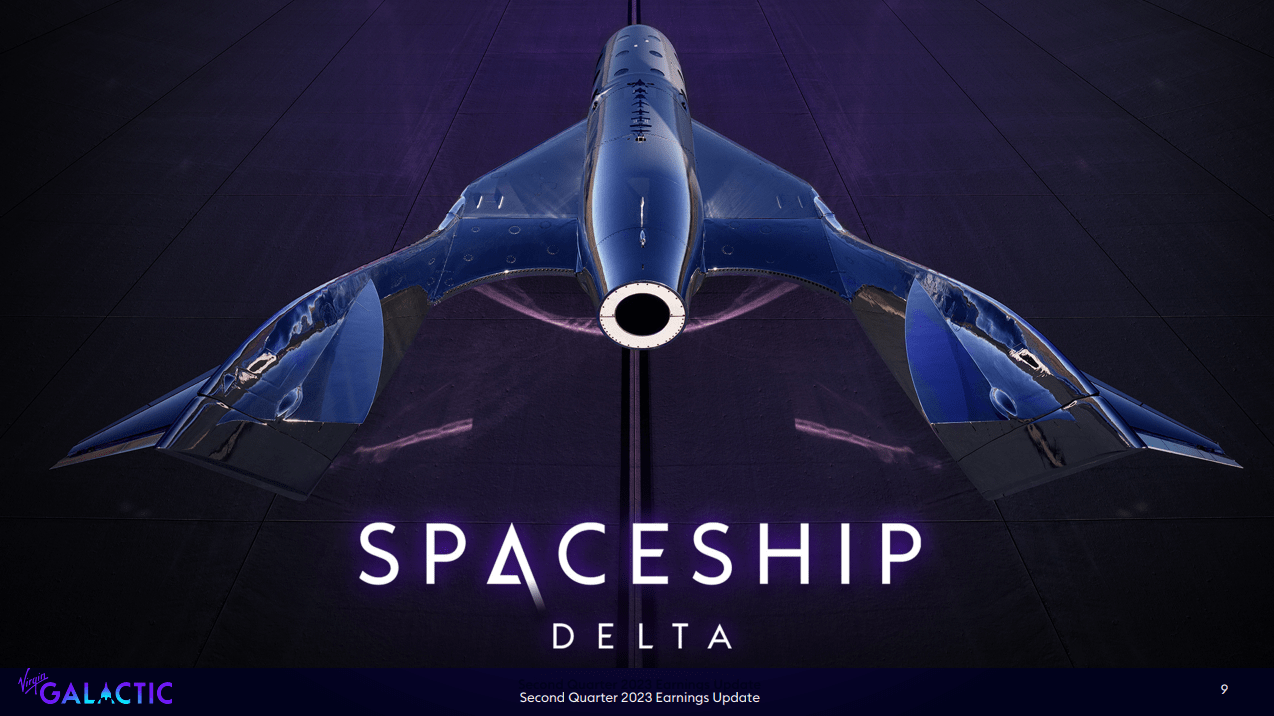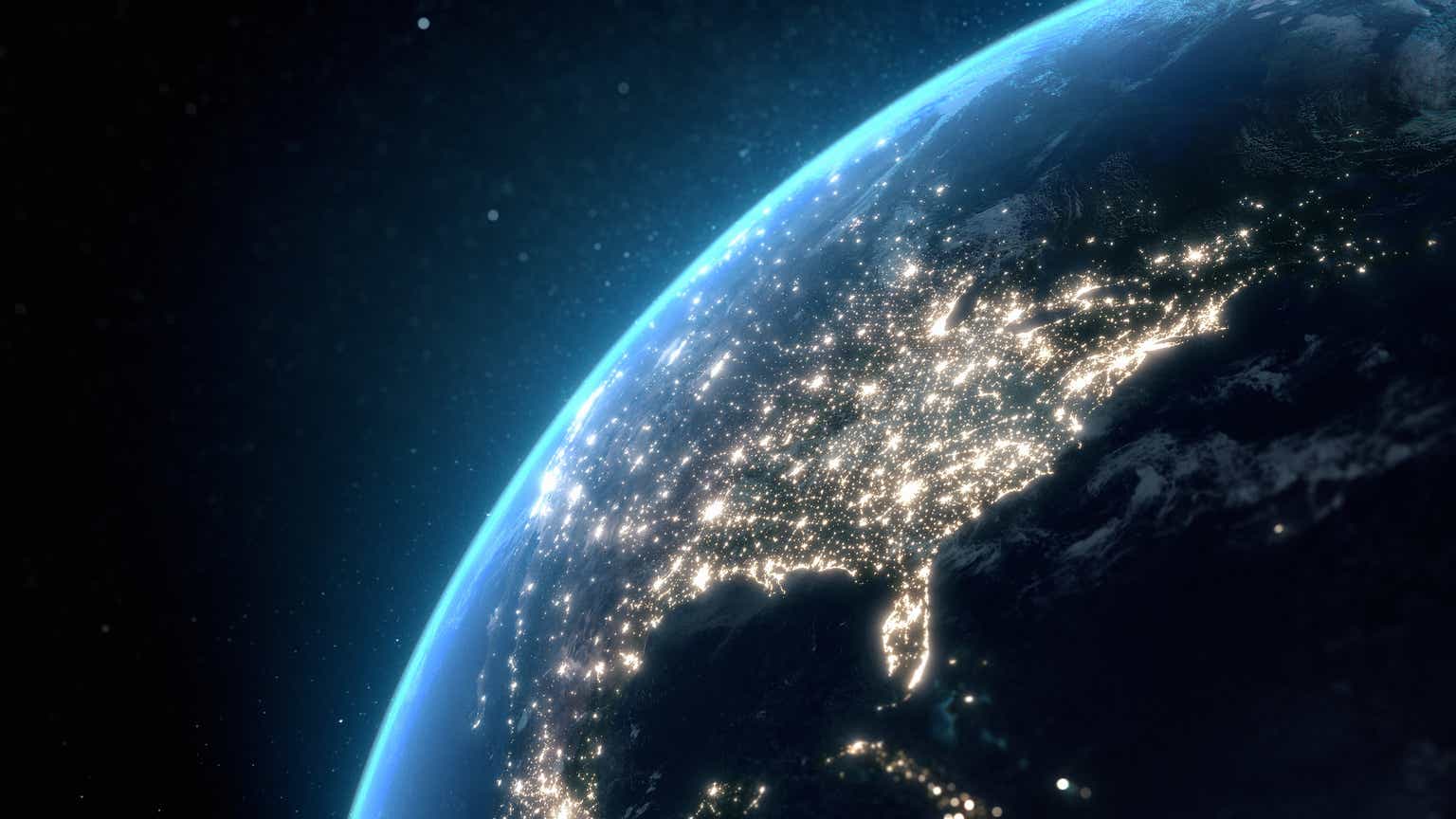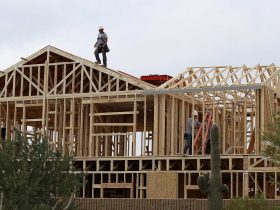Executive Summary
On June 29th 2023 Virgin Galactic (SPCE) launched its first commercial space flight. When the company went public, they expected to realize this achievement by the second quarter of 2020. After 3 years of delays, the company will finally begin generating significant space flight revenue, but they’re still a long way from profitability. Based on my estimations, they can generate ~$27 million per year of revenue with their currently operating spacecraft, the VSS Unity. This is a far cry from their ~$600 million of annual operating expenses. The profitability of the company relies on the new Delta class of spacecraft, which they plan to begin flying paying customers in 2026. I believe their timeline for bringing these new spacecraft into service is wildly optimistic, as they are currently still in the design phase. Given the company’s rapid rate of cash burn and uncertainty around their Delta class spacecraft, I believe the risk-reward profile for the stock is unfavorable.
Commercial Space Flights Commence
As of the time of writing this article, Virgin Galactic has launched a total of 4 commercial space flights with paying customers. The first one happened on June 29th 2023 and the most recent one happened on October 6th 2023. Keep in mind that I’m only counting flights with paying customers. In May of 2023 they conducted a space flight but only with Virgin Galactic employees on board. That’s a cadence of one flight every 25 days, or a little less than 15 flights per year. They currently only have one working spacecraft, the VSS Unity. Unity has seats for 4 passengers, but at the moment one of the seats is occupied by a Virgin Galactic employee to gather input about the experience. This is only a temporary measure, and eventually they will move to having all 4 seats being occupied by paying customers. They charge $450,000 per ticket, so each flight with 4 passengers will generate $1.8 million. At 15 flights per year, the company can generate $27 million of revenue from VSS Unity. In the first 6 months of 2023 the company incurred $305 million of operating expenses and $102 million of SG&A alone. The VSS Unity itself is clearly not enough to turn the company profitable. They previously worked on two other spacecraft; VSS Imagine and VSS Inspire. Neither has begun commercial operations, and it appears both of them have been indefinitely tabled. They are instead focusing on a new design called the Delta class, which they expect to have superior unit economics.
Delta class
In July of 2022 the company announced plans for their Delta class spacecraft. It will be larger than the VSS Unity, with capacity for 6 passengers instead of 4. They claim it will require less maintenance and will thus be able to fly once per week. They expect unit costs of ~$55 million per spacecraft and an estimated useful life of 500 flights. That gives an amortized cost of $110,000 per flight. Add the $400,000 of direct operating costs, and you get $510,000 of costs per flight. With 6 passengers at $450,000 per ticket, that yields $2.7 million of revenue and ~$2.2 million of contribution profit per flight. At 52 flights per year, that will yield $114 million of annual contribution profit per spacecraft.
In the first half of 2023 Virgin Galactic spent $102 million on SG&A and $196 million on R&D. The R&D spending is primarily related to the development of the Delta class spacecraft and will presumably decline substantially once development is complete. To cover their current run-rate SG&A they will need two Delta-class spacecraft. This is a generous calculation because their spaceport would likely need to be expanded to accommodate more flights, and we’re not including amortization of the mothership. But regardless, there does appear to be a path to profitability once Delta enters service.
In their Q2 2023 earnings call on Aug 1st 2023 CEO Michael Colglazier gave an update on the Delta class spacecraft:
Our production roadmap for the Delta Class remains consistent with what we shared last quarter, with 2023 focused on completing designs for the Delta spaceships, building the required tooling, and beginning fabrication and structural components for the ships. As we move into 2024, we anticipate completing the assembly and equipment installation designs, completing parts fabrication, and initiating the assembly phase at our facility in Phoenix, Arizona, utilizing the sub-assemblies from our suppliers. We continue to operate on a timeline that supports testing in 2025 in advance of the first Delta ship entering commercial service in 2026.
Given that they haven’t even completed design of the spacecraft by August 1st, I doubt they can begin production this year. It’s important to note that to date we have not seen a picture or even CGI renderings of the Delta class spacecraft. In their Q2 investor presentation they only have a picture of the non-operational VSS Imagine which has apparently been tabled. Here’s what the CEO said in the Q2 earnings call
Page 9, I think, of the accompanying deck, which was talking about our Delta Class ships. That image is actually an image of Imagine

Picture of VSS Imagine (Virgin Galactic)
Their current operational spacecraft VSS Unity was produced in 2016. It received regulatory approval to fly commercial passengers 5 years later in 2021. Even after receiving regulatory approval, the first commercial flight was delayed multiple times due to supply chain issues, eventually flying its first paying customers in 2023. Thus, there were 7 years between producing the spacecraft and beginning commercial operations. They haven’t even completed designing the Delta class. Yet they expect to begin revenue generating flights in 2026, just 3 years from now. Forgive me for being skeptical. They claim the Delta class will be based heavily off the VSS Imagine which they built in 2023 and this should speed up the process. But it’s important to note that the VSS Imagine has never flown.
The Delta class will be significantly different from their currently operational VSS Unity because it will be larger, and they claim it will be able to fly once per week, or almost 4 times the frequency of VSS Unity. To achieve these superior operational characteristics, there will almost by definition need to be new technologies. This adds complexity and will require a significant amount of test flights before receiving regulatory approval.
In the mean-time the company expects to burn about $125 million per quarter or about $500 million per year. They have about $1 billion of cash on their balance sheet, which will last them about 2 years. They also have $425 million of convertible bonds due in February 2027. In my opinion, the company will almost certainly need to do significant dilutive equity raises before the Delta class spacecraft are up and running.
Demand
Even once Delta class begins commercial operations, there’s still the question of demand. Virgin Galactic stopped accepting reservations in 2014. At the time they had 603 reservations according to their form S4. In their SPAC presentation, they said they expected “significant pent-up demand” when they start selling tickets again. In February of 2022 they reopened reservations, but the results were underwhelming. As of June 30th 2023 they had 800 reservations. Thus, after more than a year, they only sold 200 more tickets. So much for the “significant pent-up demand”. Based on my rough calculations from earlier in the article, they would need at least 2 Delta class spacecraft operating at max capacity to break even. That’s 624 passengers per year. If they continue to sell less than 200 tickets per year, that won’t be enough to break even.
Verdict
Given Virgin’s cash burn, track record of delays, and apparently limited demand after re-starting ticket sales, I believe the risk-reward profile is unfavorable from the long perspective. And thus I am short the stock.
Risks to Bear Thesis
Virgin Galactic’s plans for its new Delta class spacecraft are highly ambitious. If they can execute on their timeline, a big part of my bear thesis would break. I will be closely monitoring their development progress. Specifically, if they complete design of the spacecraft in 2023 and complete production of their first spacecraft by the end of 2024 this would be consistent with their stated timeline. If they deliver on this, I will reconsider my bearish position. I will also be monitoring reservation numbers. If their commercial space flights gain significant media attention, there could be an influx of new reservations, which could dispel my concerns around demand.
Read the full article here









Leave a Reply